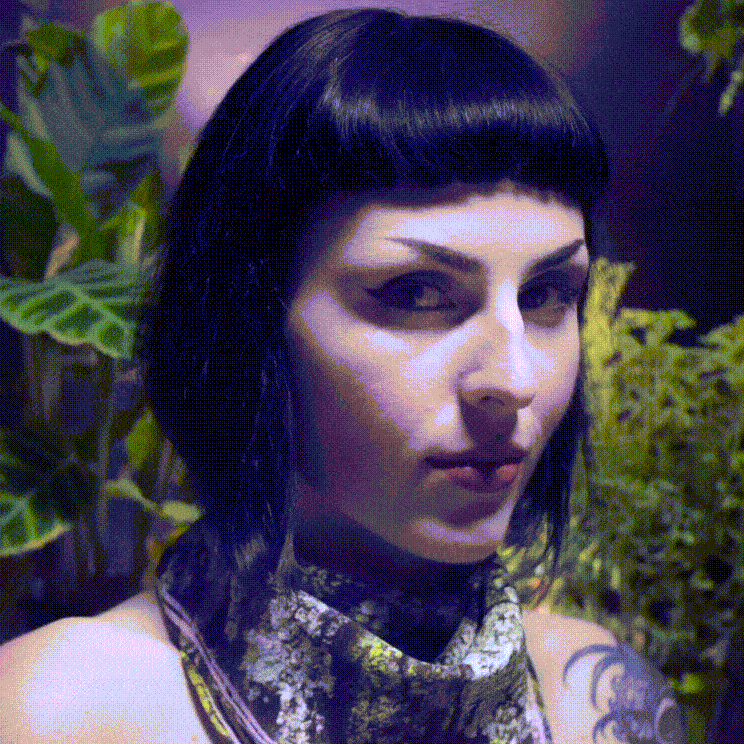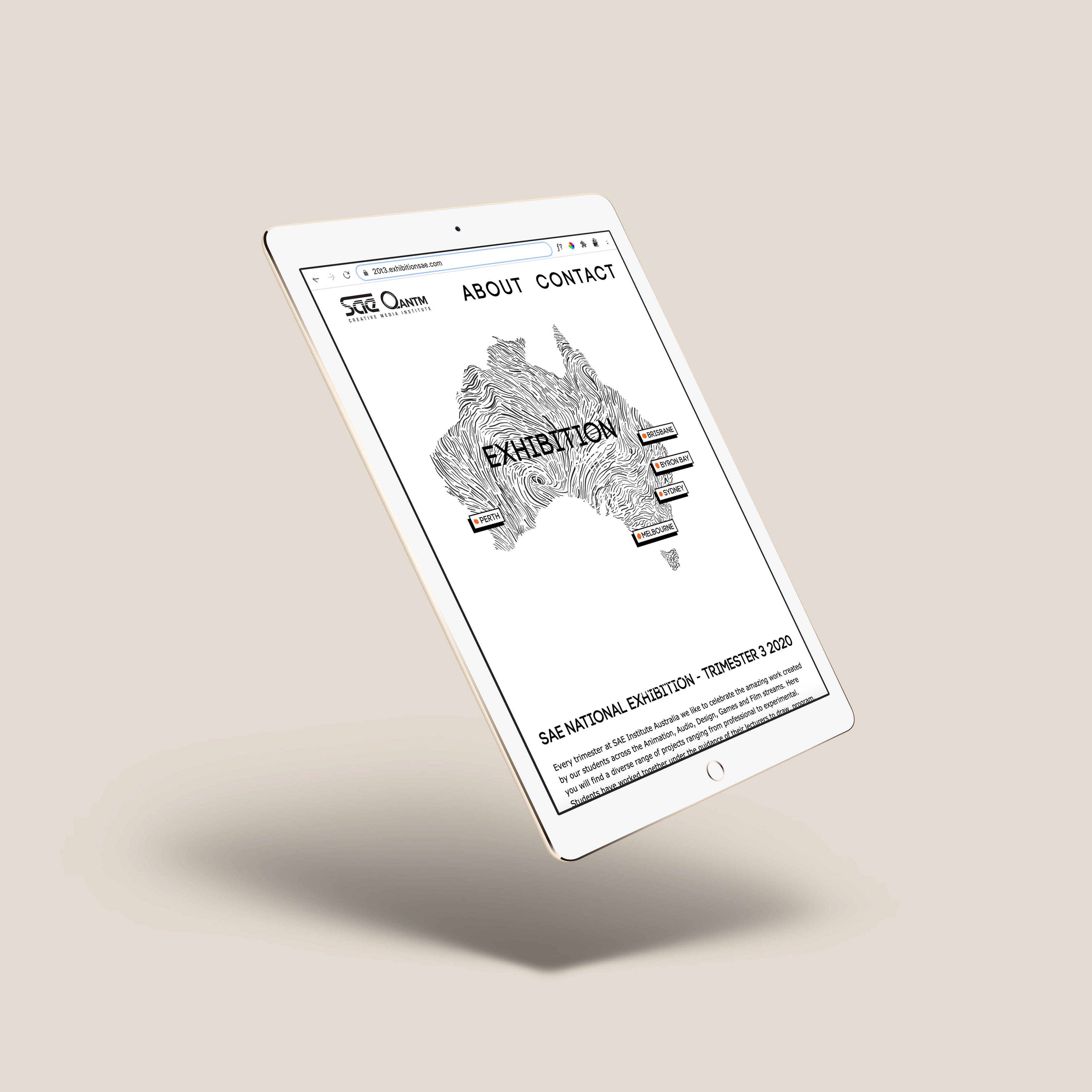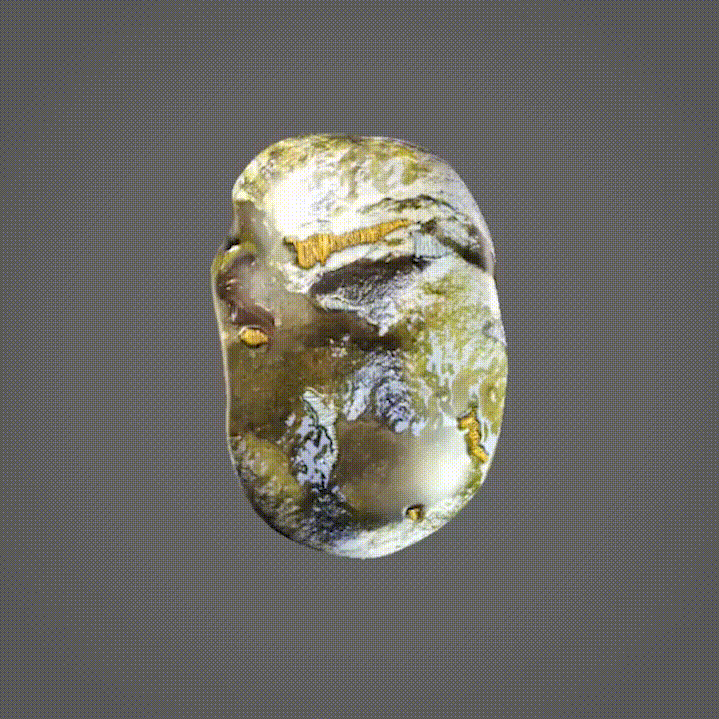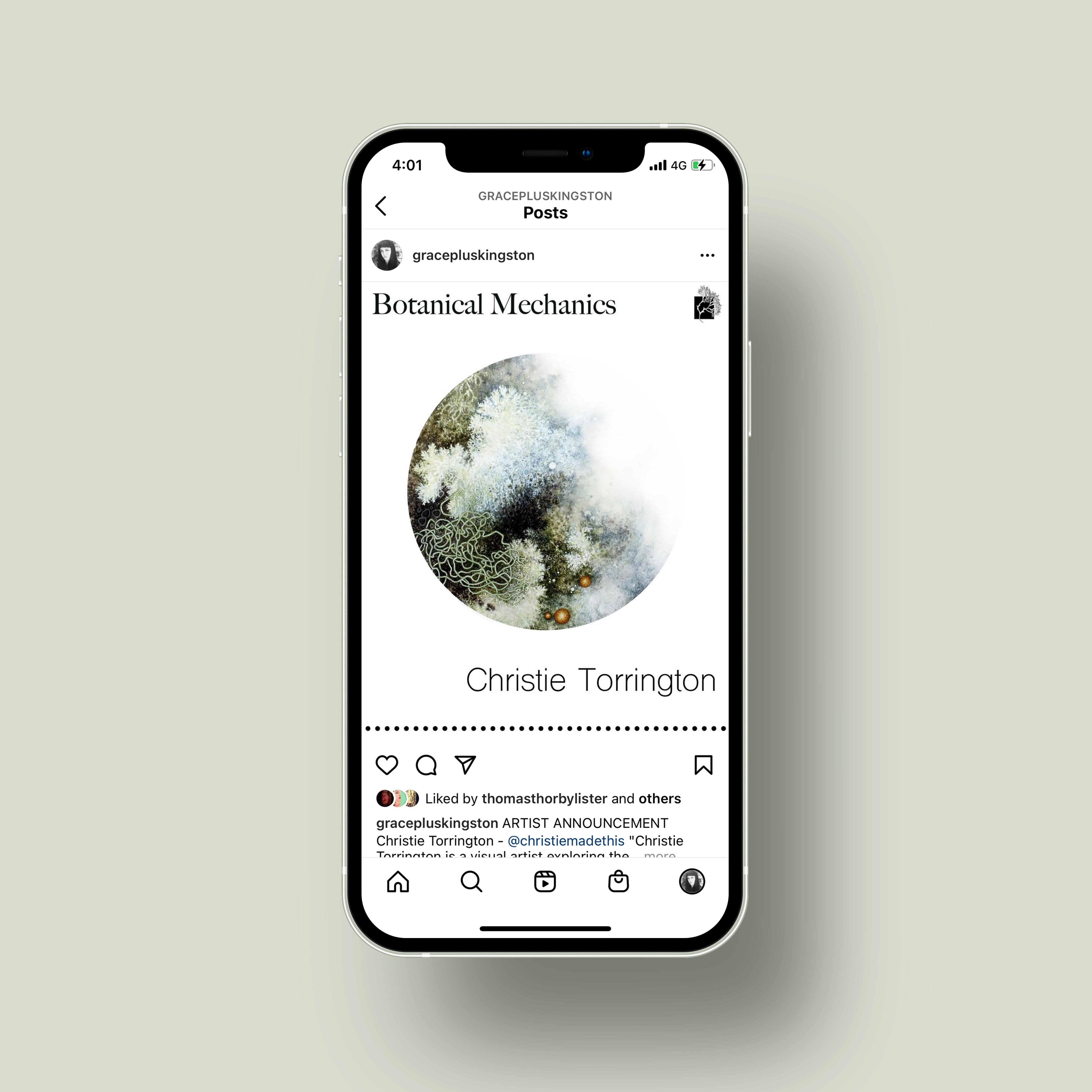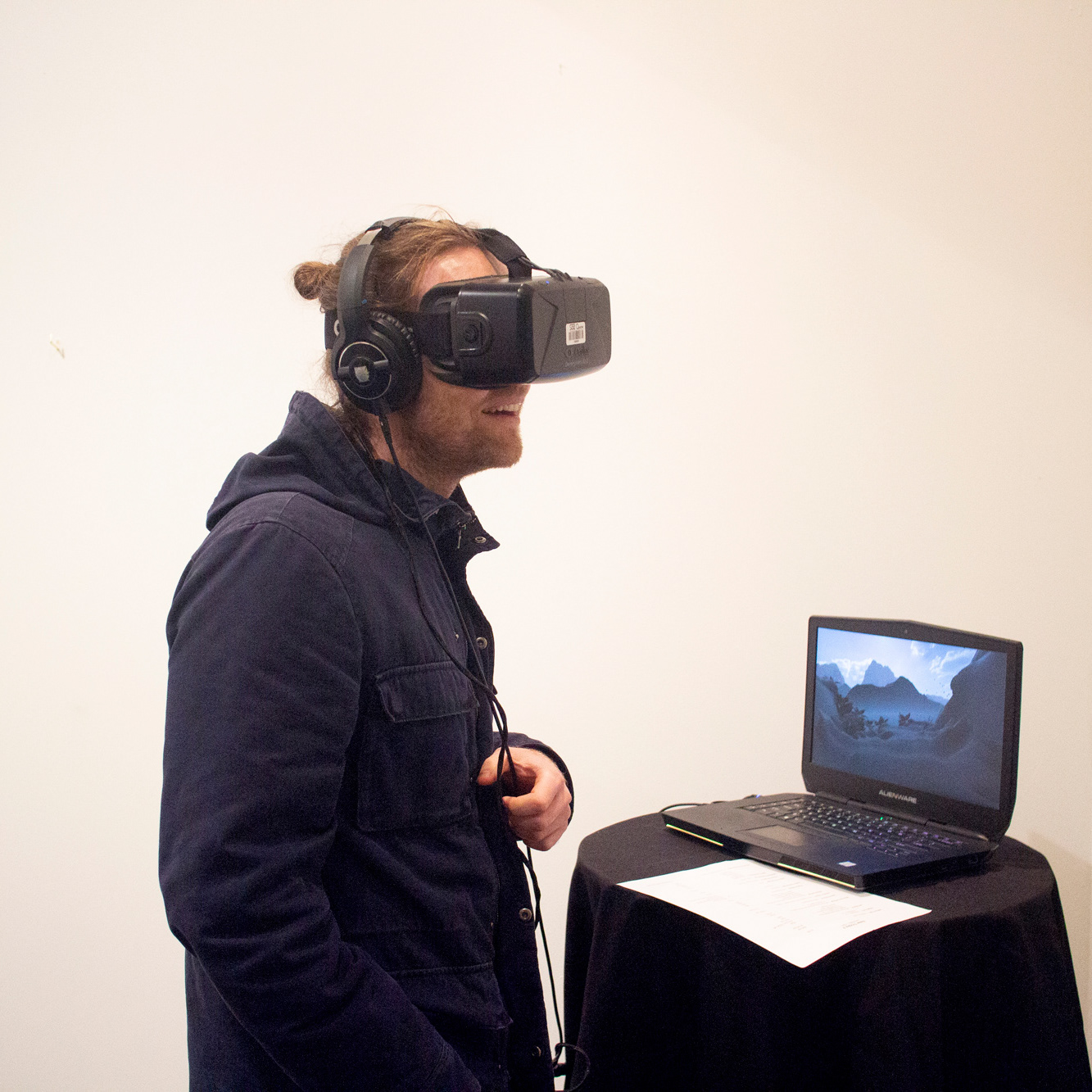VR Experiments was an ambitious collaboration between myself and Dr Josh Harle, exploring how virtual environments can extend beyond the visual to engage the full spectrum of human senses. This project investigated the intersection of digital nature, physical touch, and immersive technology, using cutting-edge VR tools to create an experience where the boundaries between the virtual and real became nearly indistinguishable.
User moves around the space as they begin the experience
Concept & Approach
Drawing inspiration from Juhani Pallasmaa’s The Eyes of the Skin, which emphasises the multisensory nature of perception, we sought to challenge the dominance of sight in virtual reality. Traditional VR experiences rely heavily on visual immersion, but we wanted to expand on this by integrating physical interaction with real-world elements. My work often explores highly curated and processed representations of nature, and this project extended that inquiry by allowing users to physically engage with a fabricated digital landscape in real space.
To achieve this, we used photogrammetry and spatial mapping to create a fantasy natural environment that was nested directly within the physical world. Taking full advantage of the standalone and hand-tracking capabilities of the Oculus Quest, the experience allowed users to move freely through the environment while reaching out and touching trees, leaves, and plant matter—elements that existed simultaneously in both the digital and physical realms. The result was a layered reality where the gap between the virtual and the real was narrowed in a way not yet seen before.
Contrast between real-world environment and what the user sees
Users hands are detected and displayed with custom skin
Technical Execution & Immersive Design
We worked with photogrammetric scans to create highly detailed environmental assets, mapping them onto the physical terrain of Centennial Park in Sydney. A specific off-track location—33°54’04.4″S 151°13’50.7″E—was chosen to situate the project in a space where nature was dense enough to enhance the illusion of seamless integration. When users reached out in the virtual world, their hands connected with the actual trees and plant life in the real-world park, creating a tactile feedback loop that deepened immersion.
The experience was further enhanced with an original soundscape by Chris Hancock, blending real-time site recordings of water, insects, wind, and birds with digitally composed elements. This seamless audio layering reinforced the sense of presence, making the VR world feel both alien and intimately familiar at the same time.
Comparison between actual environment and the VR experience
Exhibition & Impact
Rather than presenting the work in a gallery setting, we placed it directly within its natural counterpart, allowing audiences to step into the VR experience within the environment that inspired it. This unconventional presentation blurred the line between the curated and the organic, highlighting the ways digital tools can extend our engagement with nature rather than replace it.
Funded by the Australia Council for the Arts, VR Experiments marked a new direction in my exploration of digital environments and sensory interaction. By shifting the focus away from the purely visual and towards an embodied, multi-sensory experience, this project opened new possibilities for how we engage with and interpret digital landscapes.
For more details, visit: tacticalspace.org
This work was presented at Centennial Park, Randwick in February 2020.
Dr Josh Harle tests 3d mapping success
User touches the ground
Said ground from their perspective in the experience
Environment before experience loads
